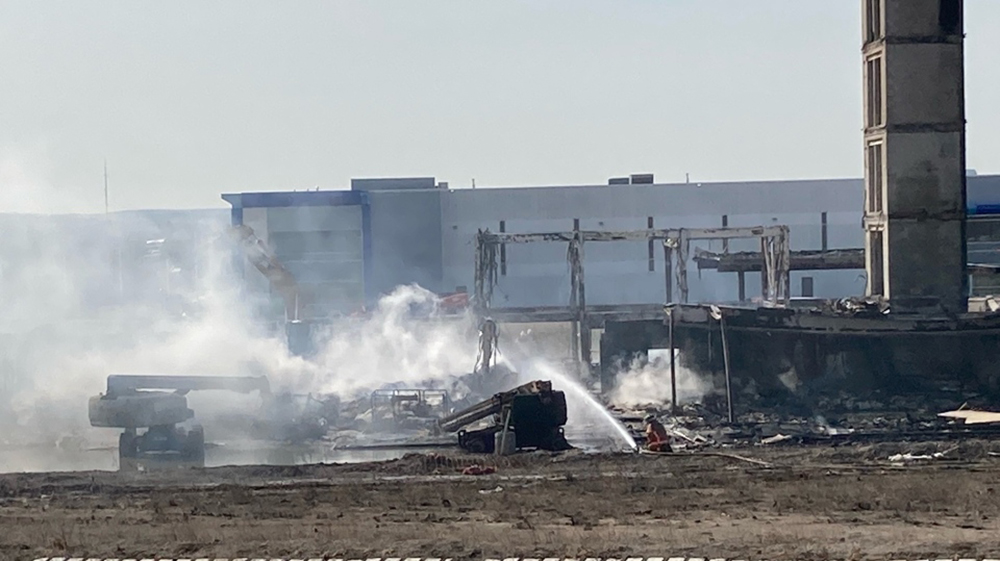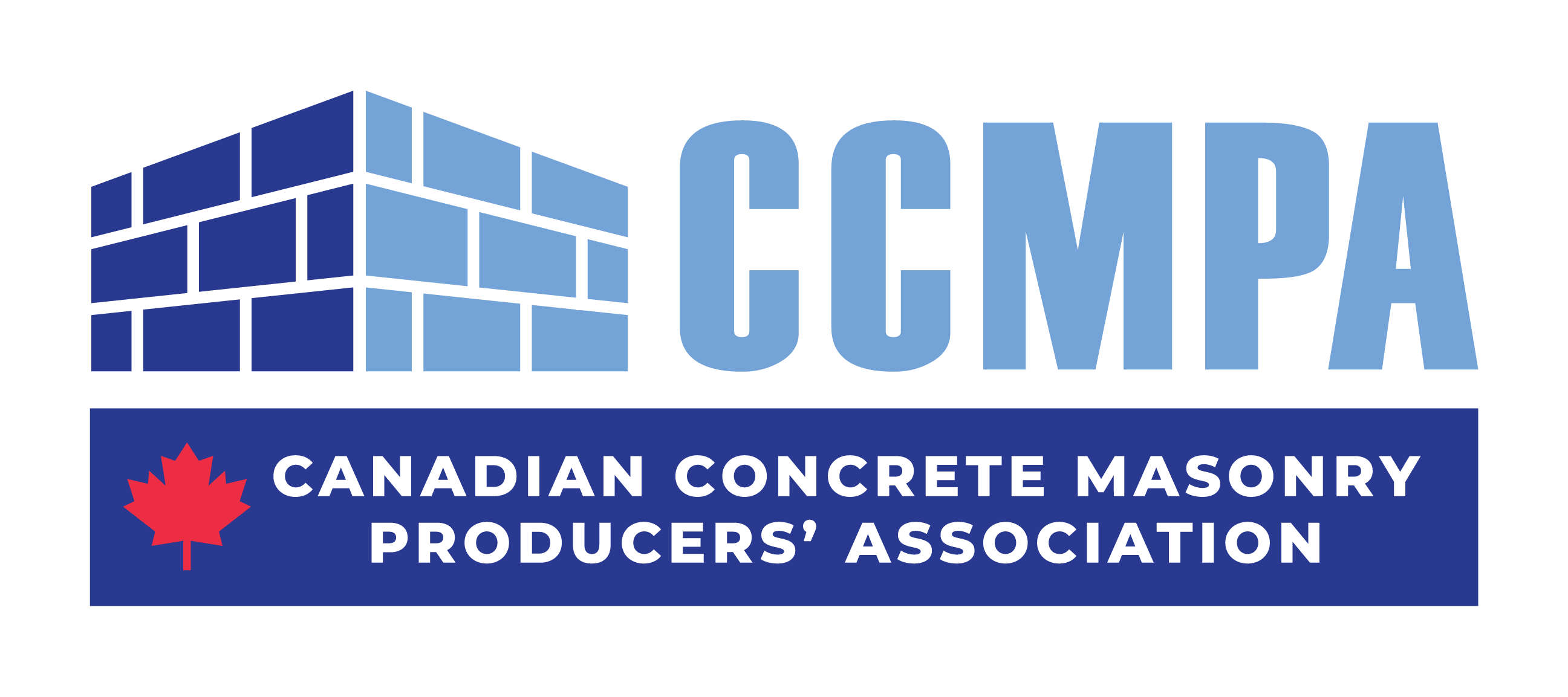What is Your Escape Route? #Blockitout

Concrete block stands alone
This past weekend saw the devastating loss of a hotel being constructed in the north GTA, requiring over 50 firefighters to extinguish the blaze. The cause of the fire is unknown, but “resulted in the total loss of a hotel under construction on Stirling Crescent in the Highway 400 employment lands area of Bradford West Gwillimbury”.
While the flames quickly consumed the timber frame of the building, when the smoke cleared and flames were extinguished, it is clear from the pictures above that the masonry concrete block stairwells and egress points remained standing.
Watch the video below to see Tim Mccallum, Innisfil Fire Chief describe the blaze. In the interview, Mccallum clearly states that the only parts left standing after the fire are the concrete masonry stairwells and elevator shafts.

There has been a disturbing shift towards taller and taller timber frame buildings in both Canada and the United States, and in parallel with this movement is a disconcerting lack of rigour around firewalls and egress routes in the NBCC. Mandates around non-combustible materials remain, but with the majority of a building being comprised of timber, it leaves structures extremely vulnerable and lives at risk. Fire code requirements need to be heightened to demand longer burn times and more inherent stability.
At the very least, structures should be designed so that inhabitants can have peace of mind that should disaster strike, there is a safe way to evacuate the building alive. Further to that, the stability that reinforced concrete block egress options offer helps to keep our first responders safe while they are risking their lives to save ours.
Just because a building is bigger or taller than a single residential dwelling, does not automatically mean it’s safe. Every person needs to be individually responsible for understanding how to evacuate a building quickly and safely should disaster strike. Asking questions about egress routes, burn times and fire wall compositions help us make these decisions wisely and better understand the built environment around us.
Educating ourselves on how to escape safely is essential, no one is safe from fire. Constructing structures with mass timber means all buildings (and lives) are left vulnerable. The risk that fire poses is not specific to residential homes. Multi-storey or multi-residential complexes simply translate to an even higher level of risk for human life and financial loss. In April 2020, there was a massive blaze in a new-build multi-residential townhome complex in Waterloo, Ontario. Luckily, the complex was under construction so there were no occupants. However, in less then three minutes the fire spread to nearby houses and ultimately cost over $2M in damage.
There are many examples of how fast flames can consume a timber structure with no warning. We all need to be responsible for understanding how we will get to safety alive – and that starts by asking what is in the walls.
Thankfully no lives were lost or injured in Bradford this weekend. But the question remains – how many examples do we need of timber frame buildings being decimated by fire before we ask builders the hard questions about how they plan to keep us safe?

Written by:



